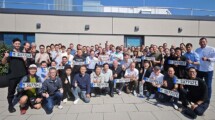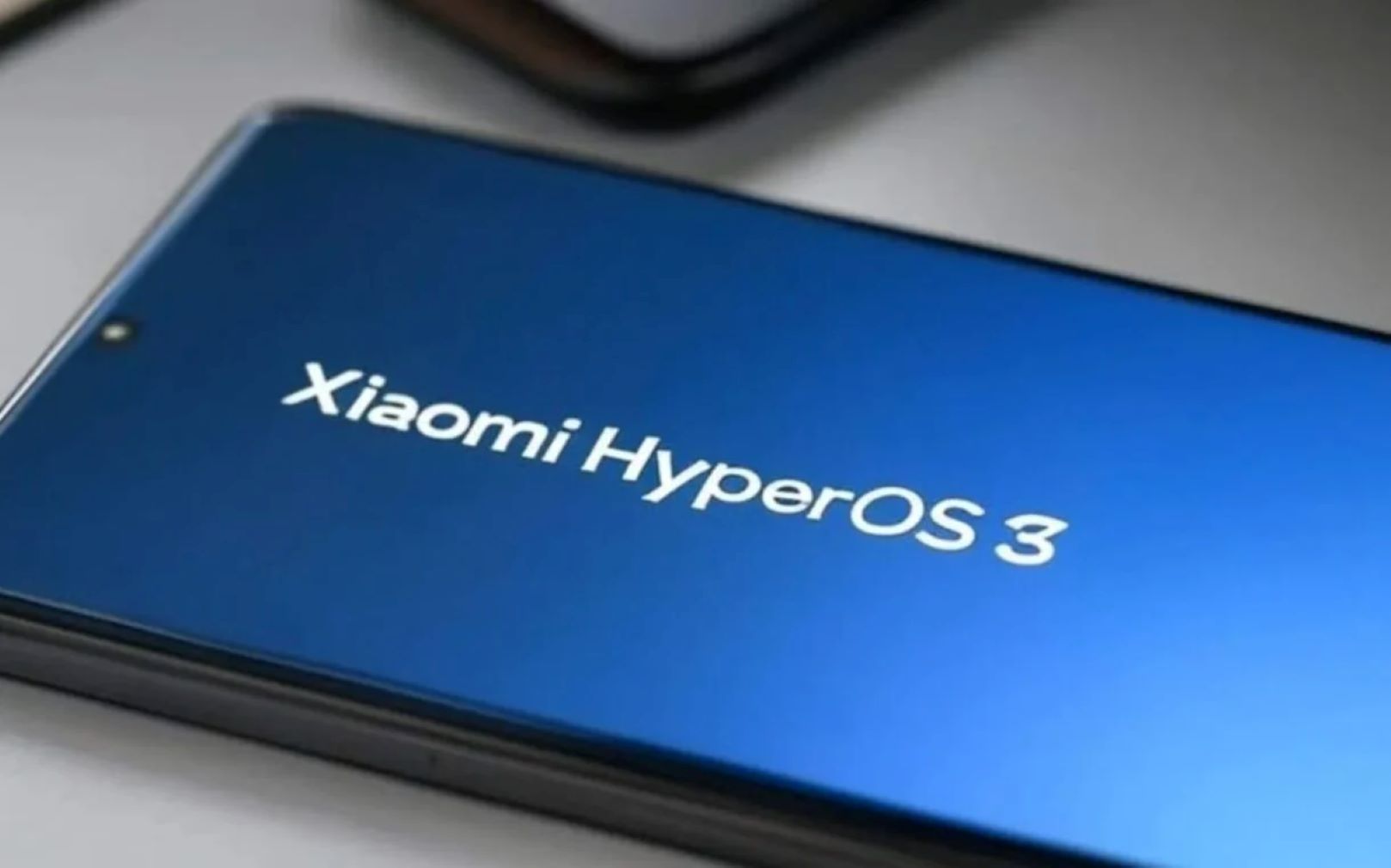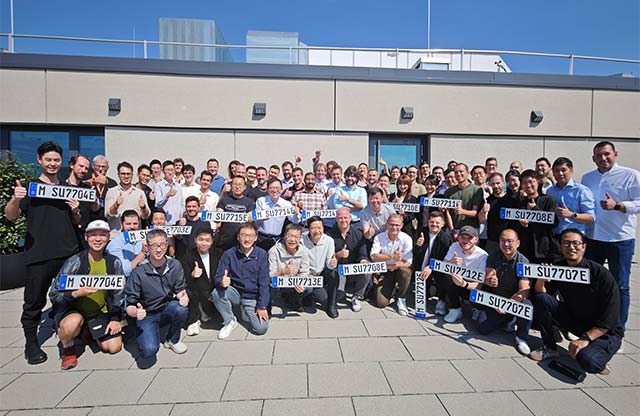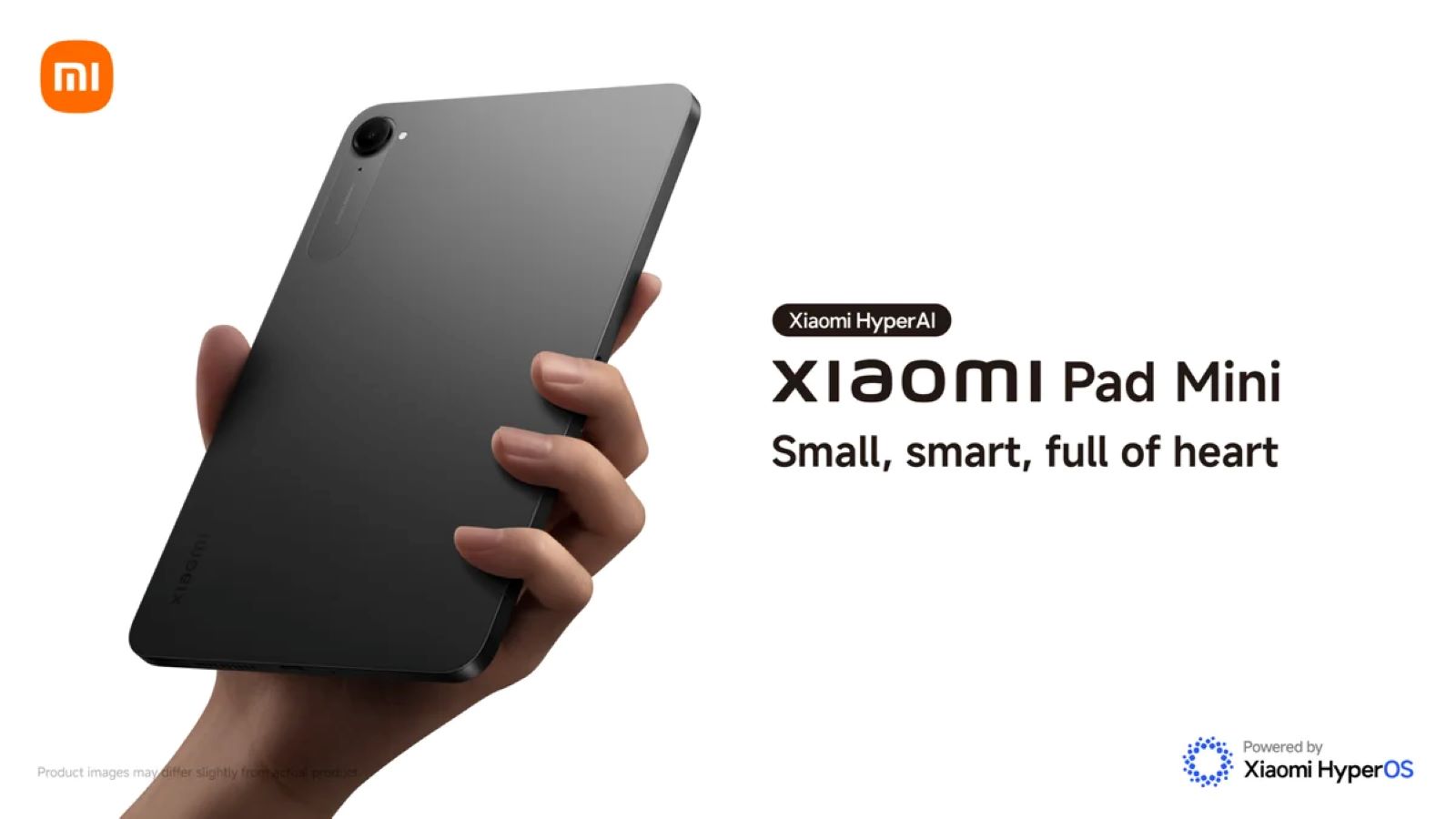Samsung has unexpectedly halted the rollout of its highly anticipated Android 14 update for five Galaxy phone models. This sudden move has left many users who were eagerly awaiting the update frustrated and wondering what went wrong.
The affected models include the Galaxy S23 Ultra, Galaxy S23+, Galaxy S23, Galaxy Z Fold 5, and Galaxy Z Flip 5. Samsung initially began seeding the stable Android 14 update based on One UI 6.0 to these devices in late October, generating considerable excitement among users. However, reports of significant bugs and performance issues quickly surfaced, forcing the tech giant to pull the update and investigate the problems.
While Samsung hasn’t officially disclosed the exact nature of these issues, user reports across online forums and social media platforms like Reddit and Quora paint a picture of widespread problems. These include:
- Overheating: Several users have reported excessive overheating, particularly during resource-intensive tasks like gaming or video streaming.
- Battery drain: A significant number of users have experienced drastically reduced battery life after installing the update.
- App crashes: Many users have encountered frequent app crashes and instability with various applications.
- Camera issues: Some users have reported problems with the camera, including autofocus failures and blurry images.
- Connectivity problems: Some users have experienced issues with Wi-Fi and mobile data connectivity.
This isn’t the first time a major Android update has been plagued with issues. Google’s own Pixel phones have faced similar challenges with past Android releases. However, the scale of the problems with Samsung’s Android 14 update seems to be particularly widespread, affecting its flagship devices and foldables.
My Experience:
As a tech enthusiast, I closely follow these developments and even participated in the Android 14 beta program on my Galaxy S23 Ultra. While the beta had its share of minor glitches, nothing prepared me for the issues I encountered with the stable release. My phone started overheating significantly, the battery life took a nosedive, and some of my frequently used apps kept crashing. I ultimately decided to roll back to Android 13, which, thankfully, resolved these problems.
The Impact and What’s Next
This setback is undoubtedly a blow to Samsung’s reputation, especially considering the high expectations surrounding the Android 14 update and One UI 6.0. The company is now under pressure to identify and fix the underlying issues quickly.
Samsung has acknowledged the problems and is reportedly working on a revised version of the update. However, there’s no official timeline for when it will be released. In the meantime, users of the affected Galaxy models are advised to hold off on updating to Android 14 and wait for Samsung to address the issues.
Delving Deeper into the Possible Causes
While Samsung hasn’t officially revealed the root cause of these problems, several theories are circulating within the tech community. Some speculate that the issues might stem from incompatibility with certain hardware components or software configurations. Others suggest that the rushed rollout of the update might be to blame, leaving insufficient time for thorough testing and optimization.
It’s worth noting that the complexity of modern smartphone software makes it challenging to pinpoint the exact cause of such widespread issues. Android updates involve intricate interactions between the operating system, device drivers, and numerous applications. Any minor conflict or incompatibility can lead to unexpected problems.
The Importance of Thorough Testing
This incident underscores the critical importance of rigorous testing in software development, particularly for major updates that impact millions of users. Beta programs play a crucial role in identifying and addressing potential issues before a wider release. However, as this case demonstrates, even extensive beta testing cannot always catch every problem.
Companies like Samsung need to invest in robust testing infrastructure and processes to ensure the quality and stability of their software releases. This includes comprehensive compatibility testing across different device models and usage scenarios.
Looking Ahead
Despite this initial setback, Android 14 and One UI 6.0 still hold significant promise for Galaxy users. The update brings a host of new features and improvements, including enhanced customization options, improved privacy controls, and a more refined user interface.
Once Samsung resolves the current issues, users can look forward to a smoother and more enjoyable experience. However, this incident serves as a reminder that even major tech companies can stumble, and software updates can sometimes come with unexpected challenges.
Key Takeaways for Users
- Patience is key: If you own one of the affected Galaxy models, it’s best to be patient and wait for Samsung to release a stable version of the Android 14 update.
- Stay informed: Keep an eye on official announcements and news from Samsung regarding the update rollout.
- Back up your data: Before updating your phone, always back up your important data to prevent any potential loss.
- Consider beta programs: If you’re eager to try out new features early on, consider participating in future beta programs. However, be aware that beta software can be unstable.
This incident highlights the dynamic nature of the tech world, where even the most anticipated releases can encounter unexpected hurdles. It’s a learning experience for both Samsung and its users, emphasizing the importance of thorough testing and cautious updates.
The temporary suspension of the Android 14 update for five Galaxy phone models is a significant event that has impacted numerous users. While the situation is undoubtedly frustrating, it’s important to remember that software development is complex, and issues can arise even with the most rigorous testing.
Samsung’s commitment to resolving these problems and delivering a stable update is crucial. In the meantime, users should exercise patience and stay informed about the latest developments.
This incident serves as a reminder that the pursuit of innovation is an ongoing journey, often involving challenges and setbacks. However, by learning from these experiences, tech companies can continue to improve their products and deliver better experiences for their users.











Add Comment